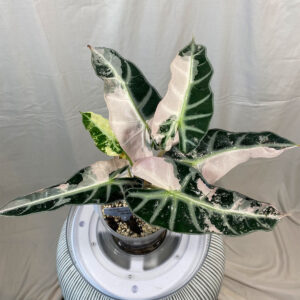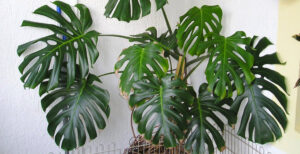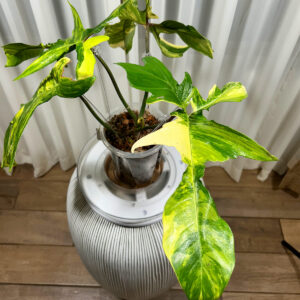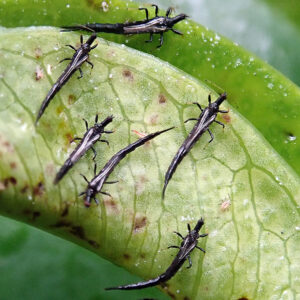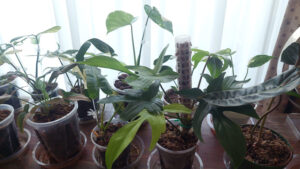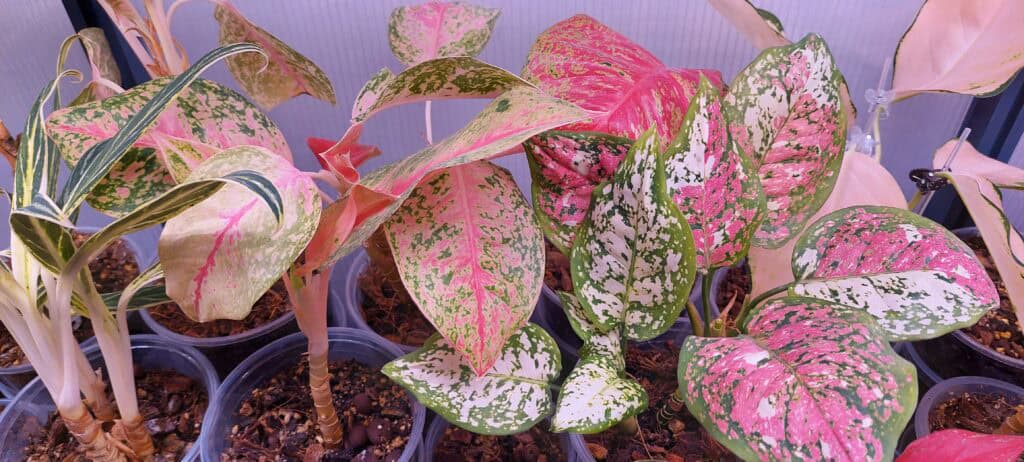Aglaonema Plant Profile
Overview:
Aglaonemas, also known as Chinese Evergreens, are prized for their colorful foliage, low-maintenance care, and tolerance of a wide range of indoor conditions. With varieties ranging from lush green to vibrant pinks, reds, and silvers, Aglaonema plants bring visual interest to homes and offices alike. These tropical aroids are native to Southeast Asia and are especially well-suited to indoor environments.
Light Needs for Aglaonemas:
Aglaonema plants thrive in medium to bright, indirect light, though they are also highly tolerant of low-light conditions. While variegated and colorful varieties show their best colors in brighter settings, they should be protected from direct sunlight, which can scorch the leaves.
Ideal Placement: Near an east or north-facing window, or set back from a bright, sun-filled window.
- Ideal Placement: Near an east or north-facing window, or set back from a bright, sun-filled window.
Best Soil Type for Aglaonemas:
Aglaonemas prefer a well-draining potting mix that retains some moisture without becoming soggy. A mixture of peat moss or coco coir, perlite, and orchid bark works well, allowing airflow around the roots while retaining necessary moisture.
- Recommended Soil Mix: 2 parts peat moss or coco coir, 1 part perlite, 1 part orchid bark.
Watering Guidelines for Aglaonemas:
Water your Aglaonema when the top 1-2 inches of soil feel dry. These plants prefer to stay lightly moist but not wet. Overwatering is a common issue that can lead to root rot.
- Frequency: About once a week in the growing season; reduce in winter months.
Ideal Humidity and Temperature for Aglaonemas:
Philodendrons thrive in environments with moderate to high humidity levels, ideally between 60-80%. They can tolerate average household humidity but will benefit from extra moisture, especially during the winter months. In terms of temperature, Philodendrons prefer warmth, with ideal temperatures ranging from 65-80°F.
- Humidity: Use a pebble tray, humidifier, or misting to raise humidity if needed.
- Temperature: Keep away from cold windows, vents, or exterior doors.
Fertilization for Aglaonemas:
Feed Aglaonemas with a balanced, water-soluble fertilizer during the growing season (spring and summer). Fertilize once a month at half strength. Avoid overfertilizing, especially in fall and winter, when plant growth slows.
- Recommended Fertilizer: 10-10-10 or 20-20-20 diluted to half strength.
Difficulty Level / Ease of Care:
Aglaonemas are considered one of the easiest indoor plants to grow, making them ideal for beginners. Their tolerance of low light and infrequent watering makes them a go-to for office environments or busy plant owners.
- Difficulty Level: Very Easy
Rarity of Aglaonemas:
Aglaonemas range in rarity from common green varieties to highly collectible cultivars with striking variegation. Pink, red, or tricolor variations are often more sought-after and can be harder to find.
- Rarity: Common to Rare (depending on the variety)
Aglaonema Varieties:
Aglaonemas come in many shapes, sizes, and colors, each with its own unique characteristics. Here are some popular and rare varieties:
-
Aglaonema Pink Dalmatian: Spotted pink and green foliage
-
Aglaonema Siam Aurora: Red-pink margins with lush green leaves
-
Aglaonema Pictum Tricolor: Camouflage-patterned foliage, extremely rare
-
Aglaonema Silver Bay: Silvery centers with dark green edges
-
Aglaonema Lotus Delight: Vibrant pink centers and green marbling
Understanding Aglaonema Variegation:
Variegation in Aglaonemas appears as colorful streaks, blotches, or margins of pink, white, silver, or red. This is due to a lack of chlorophyll in some parts of the leaf, resulting in a multicolored effect. Variegated Aglaonemas require slightly brighter light to maintain vibrant coloration.
- Care Tip: Rotate the plant regularly to ensure even growth and light exposure on all sides.
Common Problems and Solutions with Aglaonemas:
Even though Aglaonemas are easy to care for, they can encounter some issues. Here are common problems and how to fix them:
-
Yellow Leaves: Often caused by overwatering. Allow the soil to dry more between waterings.
-
Brown Leaf Tips: Low humidity or fluoridated tap water. Increase humidity or use distilled water.
-
Leggy Growth: Not enough light. Move to a brighter spot.
-
Pest Issues: Aglaonemas can occasionally attract spider mites or mealybugs. Wipe leaves and use neem oil or insecticidal soap as needed.
How to Propagate Aglaonemas:
Aglaonemas are easy to propagate via stem cuttings or division. Division is most effective when repotting, as plants often produce offsets or clumps.
- Propagation Method: Division or water-rooted stem cuttings.
Step-by-Step Propagation Guide:
-
Gently remove the plant from its pot.
-
Separate a clump or offset with its own roots.
-
Plant the division in fresh soil or place stem cuttings in water until roots develop.
-
Transition rooted cuttings to soil and keep them warm and humid.
Aglaonema Care Summary:
Aglaonemas are adaptable, beautiful, and beginner-friendly plants perfect for any indoor environment. With a wide range of colors and leaf patterns, they offer something for every collector or home décor style. Follow the simple care guidelines above, and your Aglaonema will reward you with years of vibrant, lush growth.
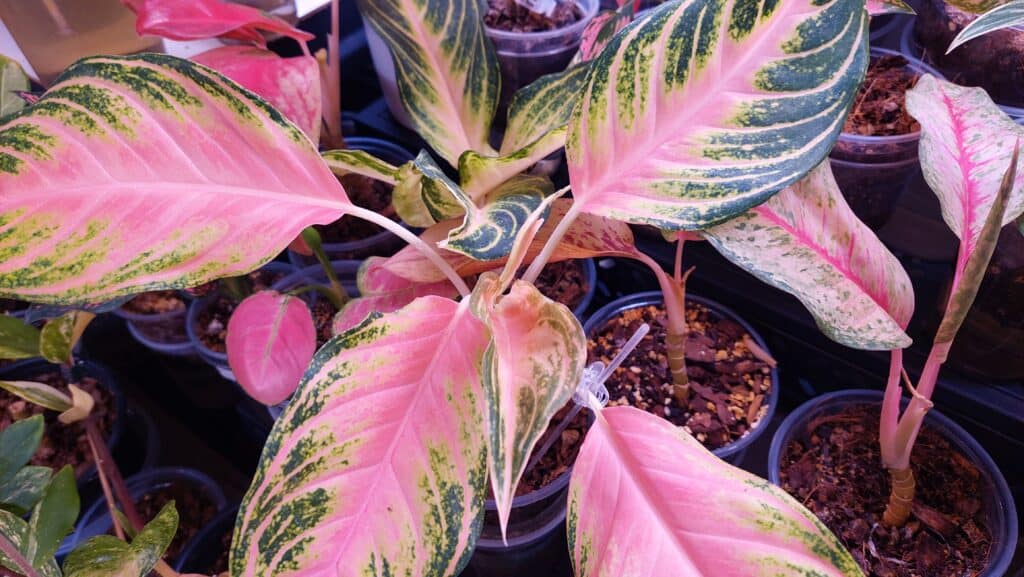

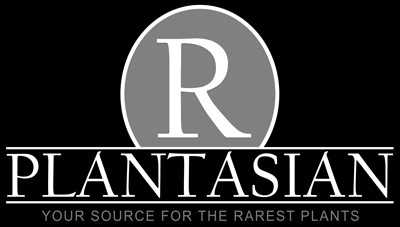
 ALL PLANTS
ALL PLANTS Aglaonema
Aglaonema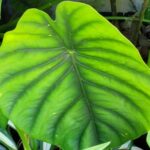 Alocasias
Alocasias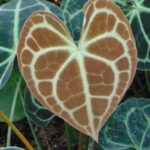 Anthuriums
Anthuriums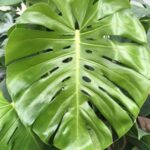 Monstera
Monstera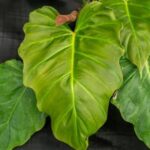 Philodendrons
Philodendrons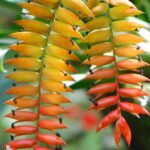 Rare & Exotic Plants
Rare & Exotic Plants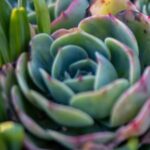 Succulents & Cacti
Succulents & Cacti Beginner
Beginner Intermediate
Intermediate Expert
Expert Low Light
Low Light Bright Indirect
Bright Indirect Direct Sun
Direct Sun New Arrivals
New Arrivals Best Sellers
Best Sellers On Sale
On Sale